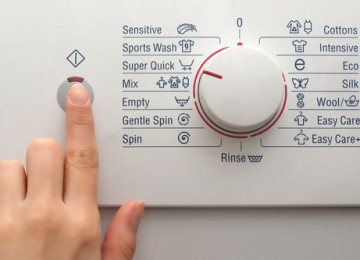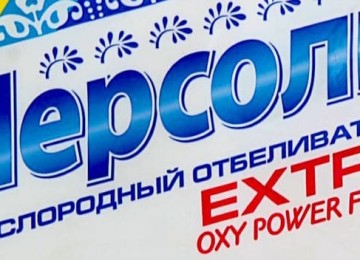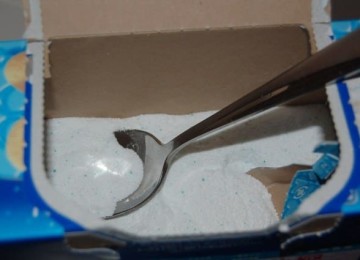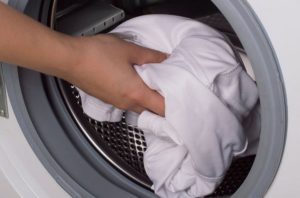 Clothes used for oriental wrestling lessons must be washed, dried and ironed. Before washing a kimono in a washing machine, it is recommended to check the quality of the product and the texture of the fabric. As a rule, this special clothing is sewn from pure cotton material. Therefore, even with the most careful care, the fabric shrinks by three to five percent over time. In addition, the purity indicator is affected by the temperature of the water, the quality of washing and the presence of impurities in the fabric.
Clothes used for oriental wrestling lessons must be washed, dried and ironed. Before washing a kimono in a washing machine, it is recommended to check the quality of the product and the texture of the fabric. As a rule, this special clothing is sewn from pure cotton material. Therefore, even with the most careful care, the fabric shrinks by three to five percent over time. In addition, the purity indicator is affected by the temperature of the water, the quality of washing and the presence of impurities in the fabric.
Frequency of washing
It is best to wash a kimono when the need arises. In each situation, this parameter will be different and depend on the frequency and duration of training, their schedule, and the individual characteristics of the body.
In this case, it is recommended to pay attention to some points:
- there is no need to wash a kimono at the end of each lesson;
- sometimes sportswear is rinsed and dried well;
- it is best to resort to the help of a washing machine once every two to three weeks. If it is not prohibited to use a thin T-shirt, it should be worn under a jacket during training so that the product partially absorbs sweat.
Repair
Wash
Exploitation
Dishwashers
Purchase AccessoriesMiscellaneous
Home page
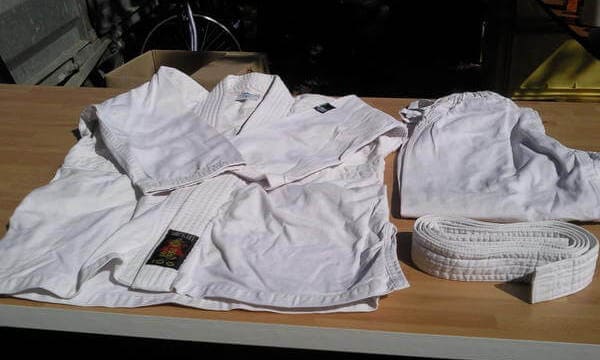
Wash
- How to wash a kimono in a washing machine for judo, karate, and aikido so that the fabric does not shrink?
- CONTENT
- Washing frequencyRemove stains and eliminate odors
- Rules for washing and drying kimonos
Features of washing a kimono belt
Clothes used for oriental wrestling lessons must be washed, dried and ironed. Before washing a kimono in a washing machine, it is recommended to check the quality of the product and the texture of the fabric. Typically, these special clothes are made from pure cotton material. Therefore, even with the most careful care, the fabric shrinks by three to five percent over time. In addition, the cleanliness indicator is influenced by the temperature of the water, the quality of the wash and the presence of impurities in the fabric.
Washing frequency
It is best to wash a kimono when the need arises. In each situation, this parameter will be different and depend on the frequency and duration of training, the schedule of training, and the individual characteristics of the body.
In this case, it is recommended to pay attention to some points:
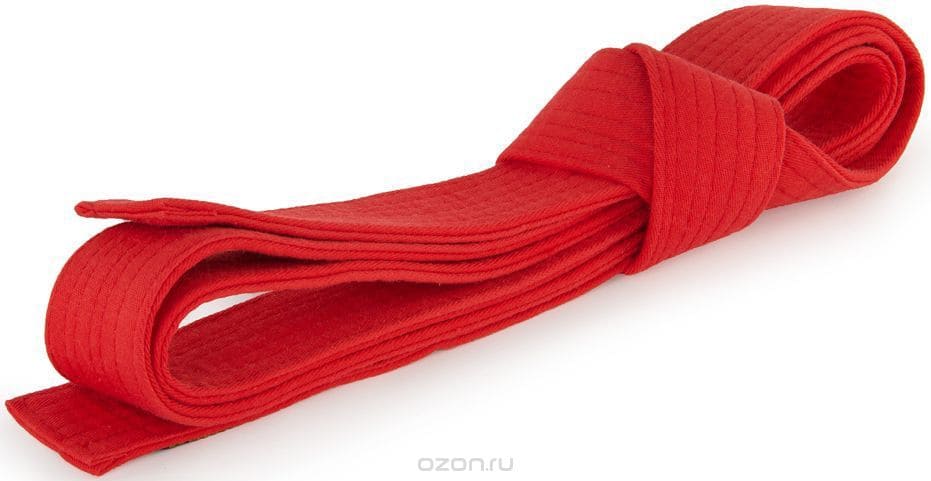
there is no need to wash the kimono at the end of the next lesson;
sometimes sports items are rinsed and dried well;
washing machines
It is best to resort once every two to three weeks.
If it is not prohibited to use a thin T-shirt, it should be worn under a jacket during training so that the product partially absorbs sweat.
Remove stains and eliminate odors
If a judo kimono is made of high-quality material, it will retain its white shade for a long time. Inexpensive suits lose their appearance, become gray or yellow even if the washing rules are followed.
When bleaching cotton fabric, special agents are used that increase the alkalinity of the washing powder. With the help of these agents, fats are destroyed - the main cause of dirt, contributing to the acquisition of an unsightly shade.
If a judo suit or karate kimono is bleached in accordance with the rules, the quality of the fabric will not change. You should choose products that do not contain chlorine, since the destruction of fibers occurs precisely because of it.
It is known that kimono material quickly absorbs
unpleasant odors
. In order to return the product to its original freshness, after completing another workout, it is recommended to dry the kimono immediately. If there is a need to rinse the suit, you can add two tablespoons of vinegar to the water - the smell will certainly disappear. The sleeves, underarm area and collar are harder to wash. Such problem areas should be pre-washed using laundry soap, stain remover or washing powder. After some time, the kimono is sent to the washing machine.
So, can you wash a kimono in a washing machine? Yes, if you follow certain recommendations:
the suit must be pre-prepared before washing. To do this, turn it inside out, straighten out any folds, and smooth it out. It is forbidden to wash a kimono with a belt, because it will fade;the suit is carefully folded and placed in the washing machine;If a judo kimono is made of high-quality material, it retains its white tint for a long time. Inexpensive suits lose their appearance, become gray or yellow even if washed properly.







